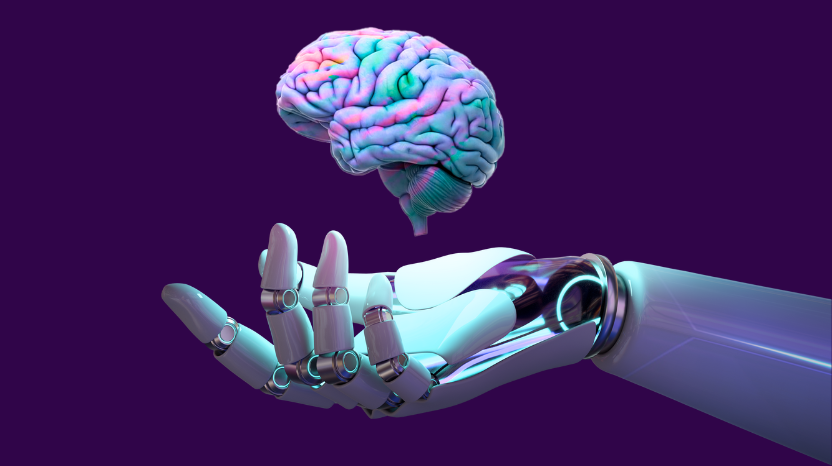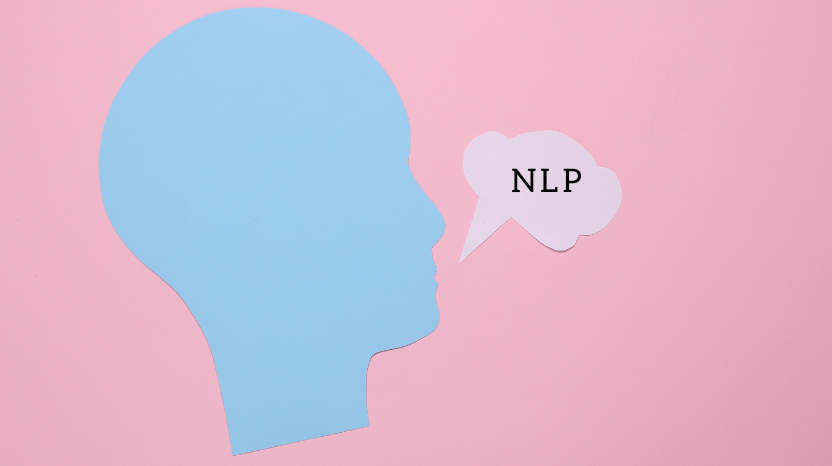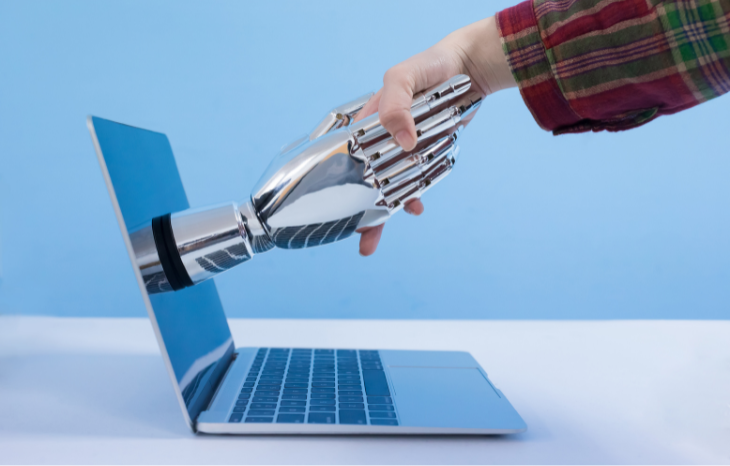AI vs. Human Intelligence

Examining the differences between AI and Human Intelligence, and how they can work together to drive Innovation
Artificial intelligence (AI) has been a hot topic in recent years, with advancements in technology and machine learning leading to significant improvements in areas such as natural language processing and Machine vision. But while AI has many strengths, it also has its limitations. In this article, we will explore the capabilities and shortcomings of both AI and human intelligence and how they can complement each other to drive innovation.
Understanding AI and Human Intelligence
AI is a type of machine intelligence that can perform tasks that typically require human intelligence, such as learning, reasoning, and problem-solving. It is based on algorithms that can learn from data, identify patterns, and make predictions. Human intelligence, on the other hand, is the cognitive ability of humans to learn, reason, and adapt to new situations.
Strengths and Limitations of AI
One of the major strengths of AI is its ability to process vast amounts of data quickly. Making it useful for tasks such as data analysis and predictive modeling. AI can also work around the clock without getting tired or making errors due to fatigue. However, AI is not perfect and has its limitations. For example, AI lacks the creativity and intuition of humans, making it less suitable for tasks that require a nuanced understanding of human emotions or complex social interactions.
Augmenting Human Intelligence with AI
One of the most promising applications of AI is in augmenting human intelligence. By leveraging the strengths of both AI and HI, we can create more effective solutions to complex problems.
Unleashing the power of AI: Enhancing Human Intelligence for breakthrough solutions.
One area where AI is already being used to augment human intelligence is in the field of recruiting. Traditional recruiting processes can be biased by human judgment, leading to unfair or discriminatory hiring practices. AI, on the other hand, can help to remove bias and make the recruitment process more objective.
Revolutionizing recruitment: How AI is reshaping the Hiring Landscape
AI-powered recruitment tools can analyze resumes and job applications to identify the most qualified candidates. Without being influenced by factors such as age, gender, or ethnicity. These tools can also analyze candidate behavior during interviews. Such as facial expressions and tone of voice, to provide insights into their suitability for the job.
Eliminating Bias, enhancing objectivity: the role of AI in recruiting.
By augmenting human intelligence with AI in the recruitment process, organizations can reduce bias and improve the quality of their hiring decisions. This can lead to a more diverse and inclusive workforce, as well as increased productivity and employee satisfaction. However, it’s important to note that AI is not a perfect solution, and there are still potential risks and limitations that must be addressed.
The Synergy of AI and HI
By combining the strengths of both AI and human intelligence, we can create powerful solutions that are capable of solving complex problems and driving innovation. For example, in the field of medicine, AI can analyze large amounts of medical data and identify patterns that humans may miss. Helping doctors to make more accurate diagnoses and develop more effective treatments.
Another example is in the field of finance, where AI can help to analyze large amounts of financial data and identify potential risks and opportunities, allowing investors to make more informed decisions. By working together, AI and human intelligence can drive innovation and create new opportunities in a wide range of industries.
Conclusion
In conclusion, AI and human intelligence have their strengths and limitations, but by working together, they can achieve more than they could on their own. As technology continues to advance, it is important to understand the capabilities and limitations of AI. And how it can be harnessed to augment human intelligence and drive innovation.

NLP 101: A Beginner’s Guide to Natural Language Processing

Building Trust with Explainable AI: Techniques & Approaches
